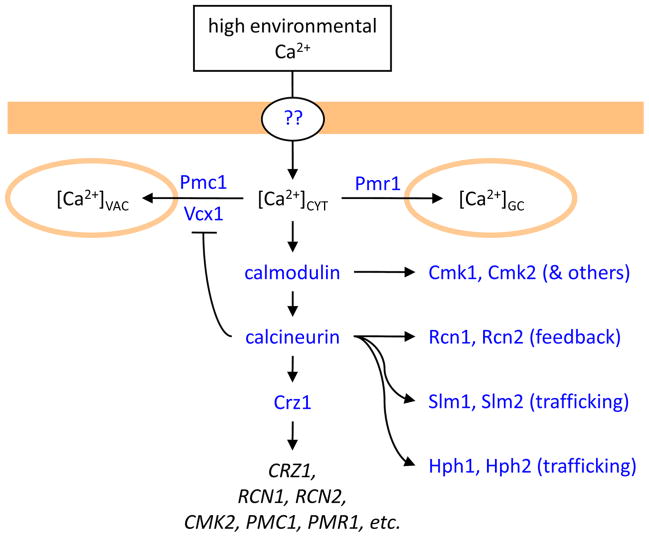Figure 1. Ca2+ transport and signaling in S. cerevisiae cells exposed to high environmental Ca2+.
Ca2+ enters the cell through unknown pathways and elevates [Ca2+]CYT, which results in activation of calmodulin, calcineurin, and a transcription factor (Crz1) that induces numerous genes. Activated calmodulin and calcineurin also regulate other cellular factors such as protein kinases (Cmk1, Cmk2), feedback regulators of calcineurin (Rcn1, Rcn2), membrane trafficking factors (Slm1, Slm2, Hph1, Hph2), and a vacuolar Ca2+/H+ exchanger (Vcx1). Ca2+ pumps in the vacuole (Pmc1) and the Golgi complex (Pmr1) become up-regulated and help to lower [Ca2+]CYT to non-toxic levels.

